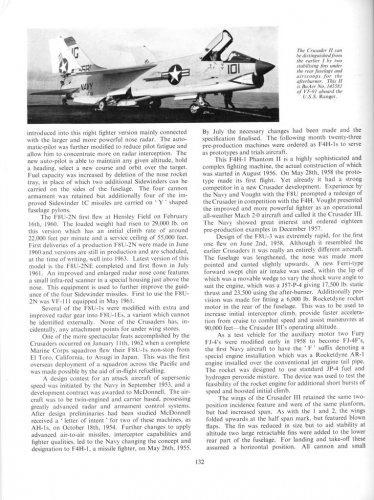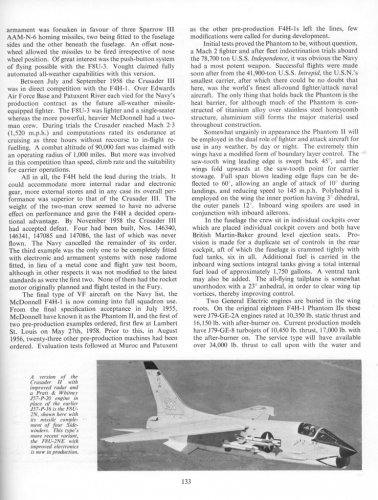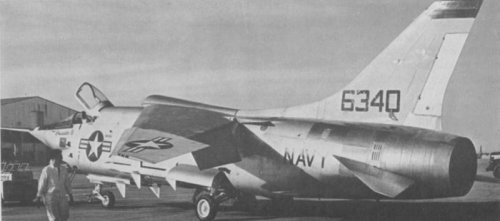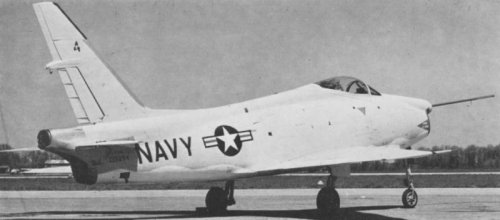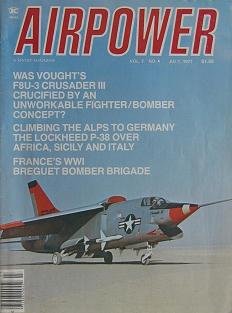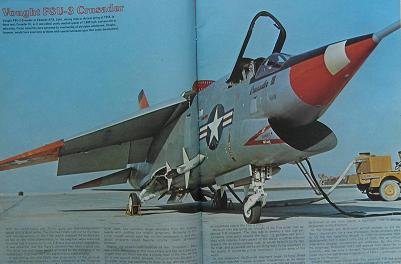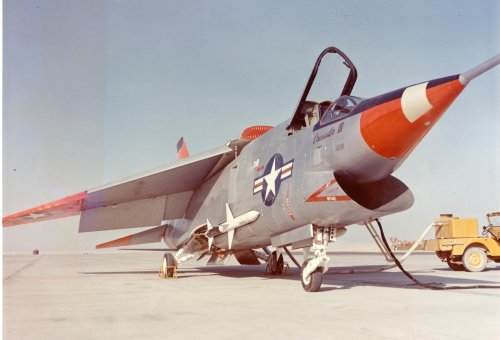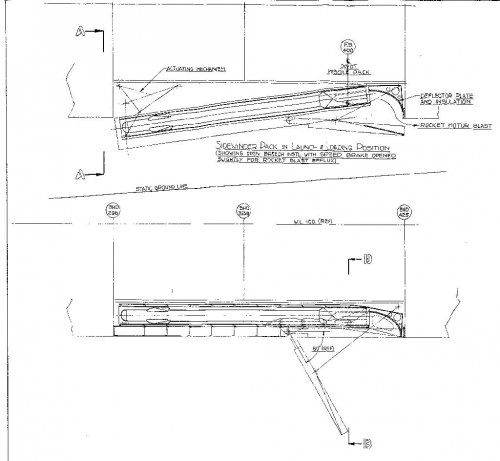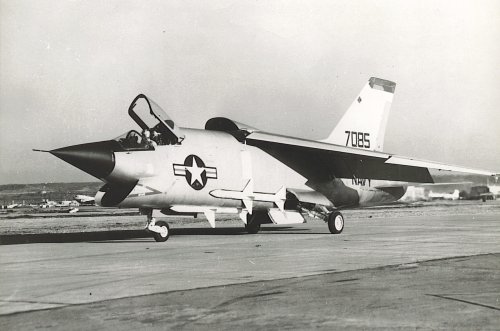In 1953 GE were talking to de Havilland about licensing the Gyron; in fact from government papers I've seen at the National Archives this was a major factor in forcing the UK government to stump up some development money for it. I guess it would have represented a GE direct rival to the J57, and in the beginning of the 1950s US engine makers were still in the early stages of developing indigenous engines equal to (or superior to) UK engine technology. By the late 1950s, the window of opportunity was mostly closed.
The Olympus /J67 story as I understand it was that Curtiss-Wright licensed the original Olympus 100 design, but required 13,500lb thrust from it for the USAF spec, which Bristol considered slightly beyond the 100's growth potential at the time the license was agreed (it wasn't). Curtiss-Wright therefore embarked on a bold redesign of the Olympus as J67, desite their lack of experience and the disinterest of Chief Engineer Bill Lundquist (not a believer in jets). Bristol worked on the improved Olympus 6 which would give 15,000lb+ (21,680lbs with afterburning model), and kept in touch with Curtiss-Wright where the J67 was getting heavier and heavier. Sir Stanley Hooker says in his autobiography he regrets not talking Hurley and Lundquist at Curtiss into scrapping their J67 in favour of the Bristol Olympus 6 design, which was greatly superior. Bristol faced their own difficulty with production, and failed to produce the 19 Olympus engines that Curtiss ordered for their development program at Woodridge. It is possible that the manufacturing power of Curtiss allied to design team of Bristol could have made a worthwhile competitor to GE and P&W. The first version that would be largely comparable to J75 would be Olympus 21 (301) which was 20,000lb dry and 30,000lb afterburning but didn't first run until 1959.
J-58 F8U-3 studies were V-418/V-419 I believe. There's also the V-400 to find, which is a pre-F8U-3 advanced Crusader study (F8U-3 being the V-401).

